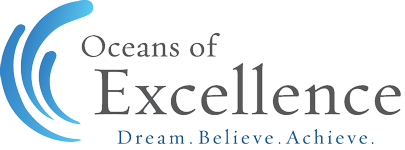
by Dr. Manoj Chandra Handa | Dec 9, 2016 | Student Learning, Teacher Effectiveness
Formative assessment is a dynamic, learner-centred process that enhances both teacher pedagogy and student learning. Formative assessment—often referred to as “assessment for learning”—is a powerful method for improving student learning. It is a process that takes place continuously during the course of learning to determine where the students need to go, where they are in the “developmental corridor” of their learning, and how best to get there (Heritage, 2010). Formative assessments make students’ thinking visible when they help students answer three questions: Where am I going? Where am I now? and How can I close the gap? (Chappuis, 2005). Feedback that helps learners move forward is central to formative assessment. The strategies described here can foster student involvement in the formative assessment process (Heritage, 2010; Stiggins, Arter, Chappuis, & Chappuis, 2004). Where am I going? Students need to know what learning outcomes they will need to achieve. Marzano (2005) notes that students who can identify what they are learning significantly perform better than those who cannot. Strategy 1: Determine learning outcomes and define criteria for success Before the lesson(s) begin, teachers share with the students learning outcomes and success criteria. They provide students the learning outcomes in language they can understand (Chappuis, 2015). For example, when introducing a reading comprehension unit which requires inference, they might say, “We are learning to infer. This means we are learning to make reasonable guesses on the basis of clues.” Or they may provide students with a written list of learning outcomes described in student-friendly language, such as: We are learning about fractions and decimals. We are learning to: (a) read and write fractions with halves,...



Recent Comments